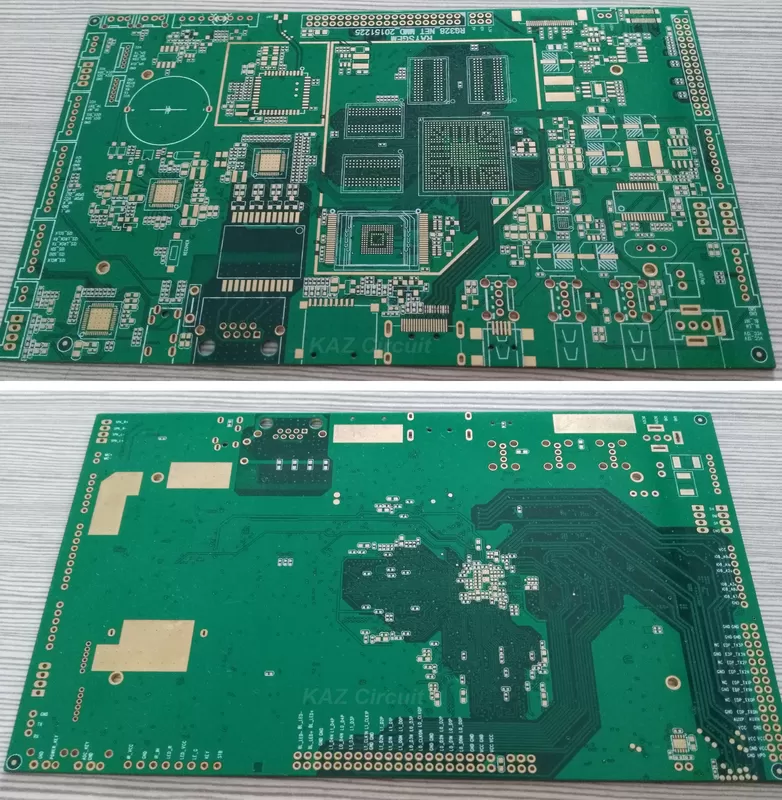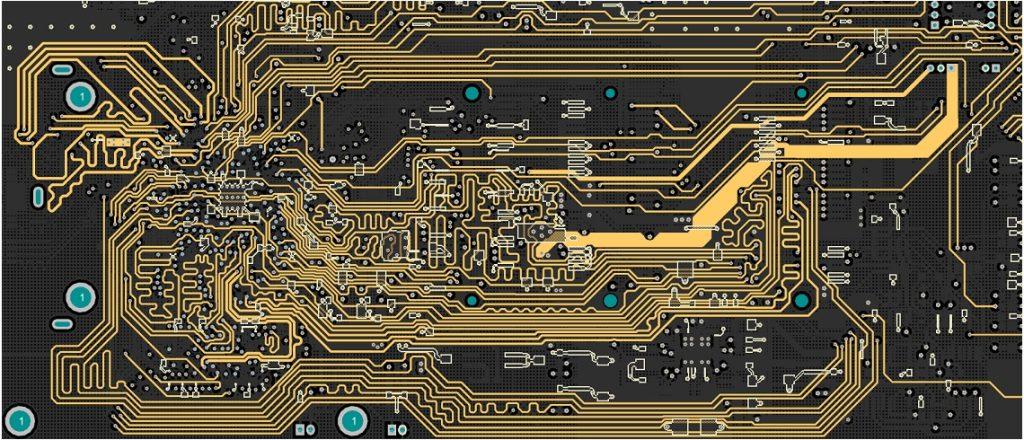There is a limit to how much circuitry can fit on a board. For reasons of manufacturing equipment and standard panel sizes, the PCB itself has an upper size limit. The number of transistors on a device continues to swell, while resistors and capacitors appear to almost disappear to the naked eye. Even with all the integration and miniaturization, the complexity of the circuit grows to an unmanageable size. A single PCB does not solve the problem.
Expansion beyond a single PCB comes in a variety of forms. Telecom and other networking equipment are often found in rack systems. The standard 19-inch-wide x 1.75-inch-high rack unit is the default enclosure size for smaller circuits. You see this when you read the term server farm or data centre. From there, the baseline extends to multiple rack units. Although they come in various sizes, the seven-rack shelf is popular. Still 19 inches wide but just over a foot of rack space. The racks are equipped with vertically placed PCBs connected using a 19″ x 12″ backplane mounted on the back of the rack.
The backplane is usually just connectors and cabling. The number of layers may be high to support a large number of connections. The thickness of this plate provides the stiffness needed to mate with a 640-pin connector while resisting anyone trying to preheat the backing plate before soldering. Therefore, press-fit connectors are standard on these types of printed circuit boards.

Handling thick boards
In addition to connectors, we usually need some housekeeping to handle the circuitry. These components must be surface mounted, especially if the backplane is on the thicker side. The standard pins on the through-hole components do not reach the required length on the far side of the backplane, so they are not solderable or reworkable. Then there is the previously mentioned pound of copper for the ground plane to raise the reflow temperature. Not pretty.
Another consideration related to board thickness is the through-hole in the Z-axis. If we route from the top to layer 4 of a 24-layer board, the other 20 layers will form suspension lines. This discontinuity can be eliminated if we return after all plating is completed and drill a new, slightly larger hole where the 20-layer short pile is located. Reverse drilling takes extra effort, but the results are measurable on the signal integrity eye diagram.
This brings us to all the other PCBs in the system. in the data centre, the server blades will occupy most of the slots, so you can expect some uniformity. The system is scalable, with each new board improving overall performance.
Other network devices may be more diverse. Each card slot has a different purpose, and each must be populated for the entire group to work properly. The power supply is usually a separate board because of all the huge parts and the extreme voltage swing that comes with them. The most power-hungry cards find a place next to the power supply, while the most sensitive victims hide in their little boxes away from the heat and noise. Think of all the gadgets that trickle down from the wall warts. The power supply is put into the power outlet, and the juice is delivered to the rest of the system via ferrite beads and shielded wires. Same principle.
Good Neighbor Policy
Subdivision the remaining schematic sections into circuit boards is usually based on block diagrams. The way these modules are combined should depend on the technology involved. Some circuits will require higher layer counts or aggressive HDI techniques. Others can live with vanilla flavoured four-layer boards. Fine-tuning in terms of functionality and technology depends on power range, coexistence, thermal path, weight distribution, and aesthetics. I remember a system with a board called “tROtS board”. It stands for “the rest of the story”. Sometimes, another word is used instead of “story”.
Not all systems require a 7-foot high rack with electronics to qualify. Only a few PCIe or SATA connectors are needed. The example that comes to mind is a prototype version of Google’s “home” mesh router. Using another Qualcomm chipset, this is much larger. Three additional PCIe card slots make it possible to test the functionality of multiple router configurations. The over-the-air interface is another thing. The only real way to test the wireless portion of the link is to build a test chamber. We enabled baseband-level testing in our lab using a four-board system. Prototypes are one of the coolest things you have ever heard of 20% of the time.

These miniature systems may give you more freedom. Usually, the baseboard is a motherboard carrying specific computational loads. In this case, the usual suspects you need must be present at the meeting. Memory and various drivers may be found housing next to the microprocessor. Of course, the memory usually resides on the SIM module, which boils down to a board with a connector and a row of memory chips. In this respect, it may be considered another system board. Any indicator, button, display or other control used in the product will end up on this layout. Then, when we want to add more functionality, the plug-in will act as an expansion slot. That is the model we used for the Google Home test vehicle.
This type of healthy multi-board system will require some degree of standardization. Specifically, the daughter cards will want to adhere to protocols and may even be off-the-shelf daughter components. In this case, the content of the line card (or any other content) is predetermined.
As the world moves toward 5G mesh networks, subsystems will have cellular-level replaceable and scalable equipment and some serious bandwidth for substations. Radios must be cheap, rugged and ubiquitous. Centralized blocks will require unlimited throughput to ensure bulletproof reliability. All this data aggregation will not occur on a single board. Large networks are coming. Be prepared.



